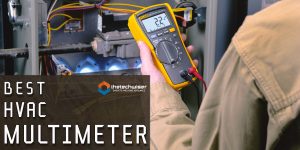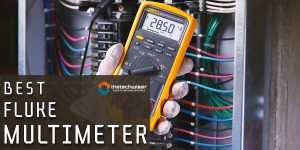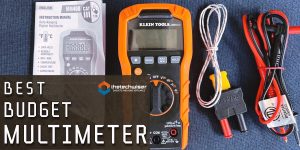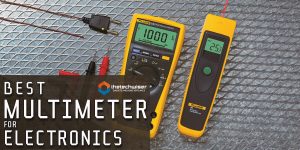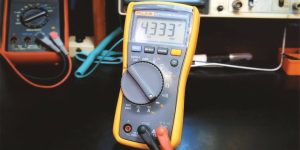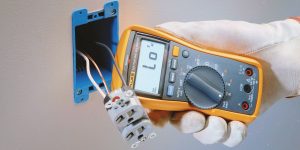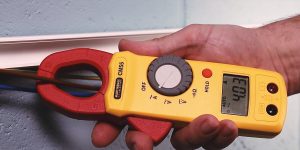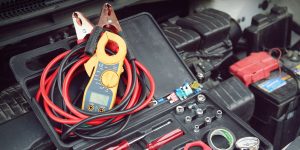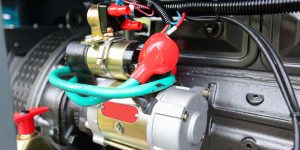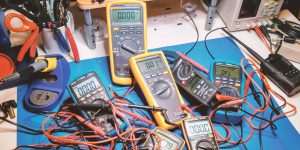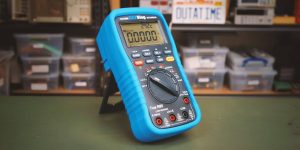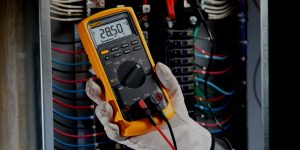So, you’re gearing up to take some electrical measurements. You grab your trusty multimeter and see CAT on the label or engraving. Have you ever wondered what these multimeter CAT ratings actually mean? Trust me, it’s not feline-related. These ratings are more than just numbers; they’re designed to protect you against electrical transients and over-voltages.
Choosing the wrong multimeter for a high-voltage environment can expose you to serious risks. Think of CAT ratings as the guardrails of electrical measurements, keeping you safe while diagnosing or repairing electrical systems.
So, what is a CAT rating? CAT ratings, or Category Ratings, are universally accepted safety standards set by organizations like the IEC or ANSI. These multimeter categories define the kinds of environments in which a multimeter is designed to operate safely.
Why were CAT ratings created?
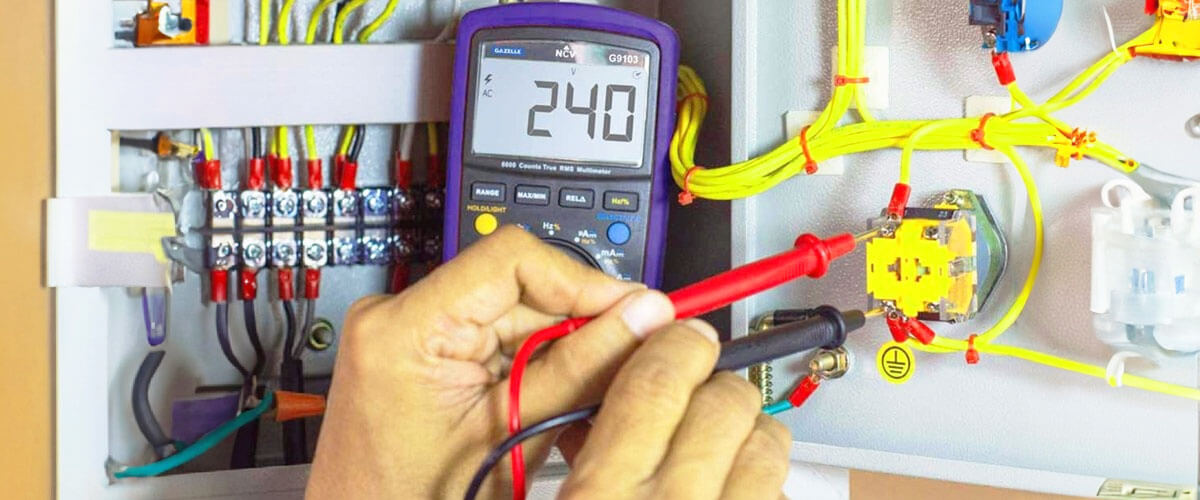
After repeated use of all sorts of multimeter models in various electrical environments, I’ve come to appreciate the necessity of CAT ratings and CAT levels more than ever. In a field fraught with variables — varying voltages, transient surges, and the like — these ratings serve as a universal language of safety. They were introduced to help professionals like you and me navigate the maze of electrical hazards with the right tools in hand.
CAT ratings cut through the guesswork and make it easier to understand the CAT number assigned to a multimeter. They allow us to precisely match the multimeter’s capabilities with the demands of the job, thereby offering protection against potentially dangerous electrical transients and over-voltages. I assure you that being aware of these ratings significantly reduces the risk factors involved in electrical measurements.
What do CAT ratings mean?
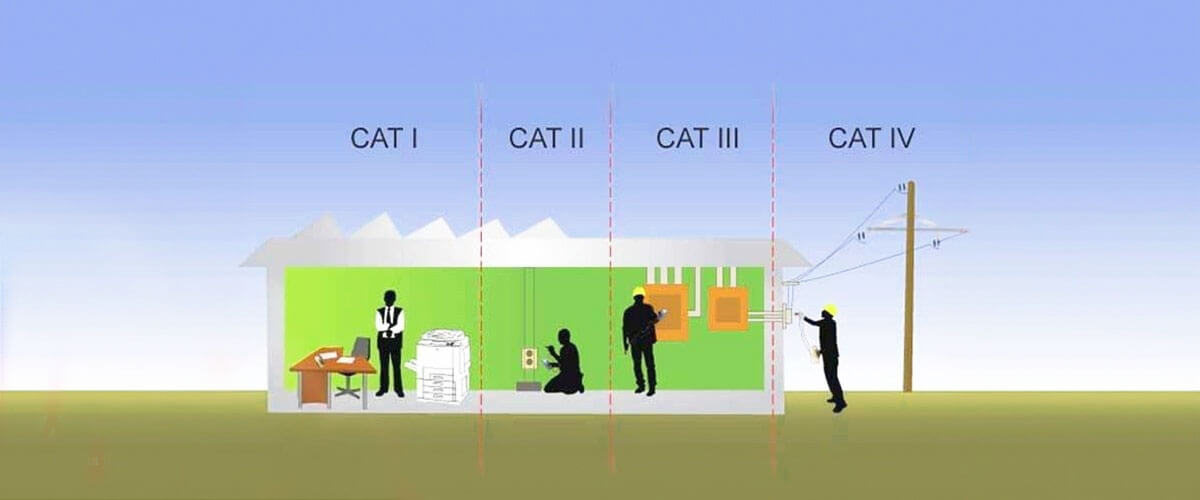
From my hands-on experience, understanding CAT ratings is important. I have often heard from young professionals about the CAT II vs. CAT III debate and other equally heated verbal battles. But you must realize that each rating from CAT I to CAT IV represents a different potential danger level and correlates with a specific environment and application.
CAT I
This category is for circuits not directly connected to the electrical distribution system. For example, when I tested battery-powered gadgets or consumer electronics such as portable speakers, a CAT I multimeter was sufficient.
CAT II
CAT II is for measurements on circuits directly connected to low-voltage installations. After testing household appliances like toasters and hand-held tools like drills, I found CAT II multimeters to be just right for the job.
CAT III
For those who work in industrial settings or commercial buildings, CAT III is where you’ll likely find yourself. During my tests on single-phase and three-phase distribution systems, I noticed CAT III multimeters offered the level of protection required for these more complex and hazardous systems.
CAT IV
Now, CAT IV offers the highest level of protection. I’ve used CAT IV-rated multimeters on utility-level installations like air lines and external substations.
After my extensive tests and hands-on experience with multimeters across these categories, this table serves as a compact guide to help you match the multimeter to the application:
| CAT rating | Application area | Devices suited for | Safety level |
|---|---|---|---|
| CAT I | Electronics, battery-operated equipment | Portable speakers, battery-powered gadgets | Low risk |
| CAT II | Household appliances, portable tools | Toasters, drills, vacuum cleaners | Moderate risk |
| CAT III | Industrial and commercial distribution systems | Building main distribution panels, industrial machines | High risk |
| CAT IV | Utility-level installations, air lines, external substations | City power grids, utility-scale electrical installations | Highest risk |
Who created CAT ratings?
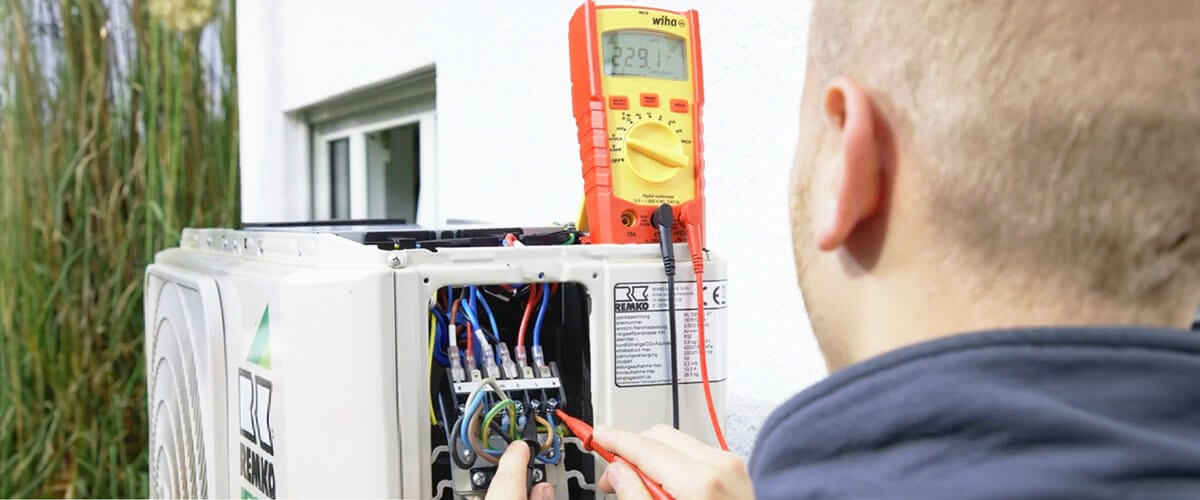
The creation of CAT ratings is credited to international standard-setting organizations like the International Electrotechnical Commission (IEC) and the American National Standards Institute (ANSI). These bodies work to standardize safety protocols across electrical testing equipment, ensuring a globally accepted safety framework. In my career, adhering to these ratings has been instrumental in ensuring safe and accurate measurements.
FAQ
Are CAT ratings specific to multimeters, or do they apply to other equipment as well?
CAT ratings are not exclusive to multimeters but apply to other electrical testing equipment, such as clamp meters, insulation testers, and oscilloscopes.
Can a multimeter with a higher CAT rating be used in lower-rated environments?
Absolutely. A multimeter with a higher CAT rating can safely be used in lower-rated environments. For instance, you could use a CAT IV multimeter in a CAT I setting.
Do analog multimeters also have CAT ratings?
Yes, analog multimeters can also have CAT ratings. The rating serves the same purpose—to indicate the safety level for different electrical environments.
We are supported by our audience. When you purchase through links on our site, we may earn an affiliate commission at no extra cost to you.
Our newsletter
* We will never send you spam or share your email with third parties

